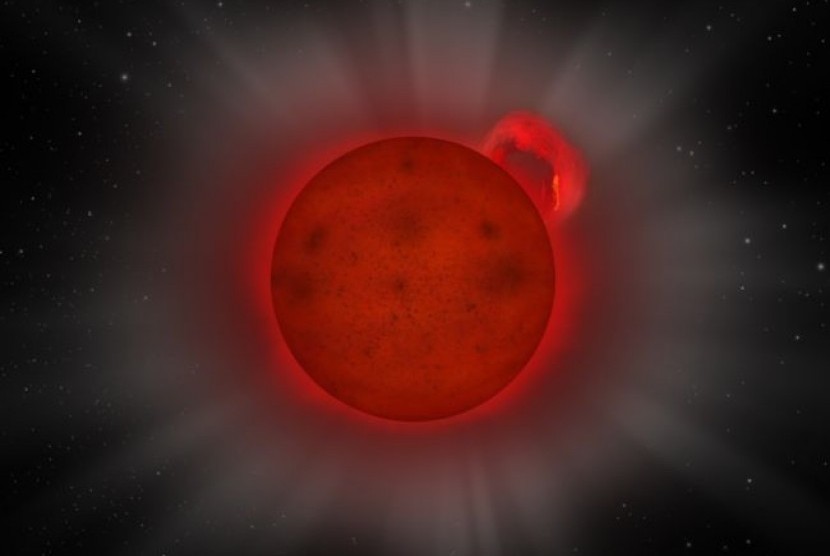This ‘hell’ planet orbits very close to a sun-like star.
REPUBLIKA.CO.ID, JAKARTA — The James Webb Space Telescope and the US Space Agency (NASA) have seen the condition of one of the super-earths, an exoplanet 50 light years away. The planet called 55 Cancri e orbits very close to a sun-like star.
This makes the surface of the planet look like a hellish, burning state. Data shows 55 Cancri e is less than 1.5 million miles from its star which is 1/25th of Mercury’s distance from the sun.
“With surface temperatures well above the melting points of typical rock-forming minerals, the daytime side of the planet is expected to be covered in a sea of lava,” NASA said. This condition can be imagined if the position of the earth is much closer to the sun so that one year only lasts a few hours and gravity has made one hemisphere during the day burn permanently.
So close to the position of the earth and the sun also made the oceans boil, rocks began to melt, and clouds rained lava. “There’s nothing like it in our solar system,” NASA said.
Quoted Phys, Sunday (06/05/2022), a preliminary view from NASA’s Spitzer Space Telescope showed something mysterious was happening at 55 Cancri e because the hottest point was not the part directly facing the star. One theory is that the planet has a dynamic atmosphere that transfers heat.
While another theory says 55 Cancri e rotates to create day and night with terrible results. “In this scenario, the surface would heat up, melt and evaporate during the day. This forms a very thin atmosphere that Webb can detect. Meanwhile, at night, the steam will cool and condense to form lava droplets that will rain back to the surface, becoming solid again when night falls,” he added.
The James Webb Space Telescope is expected to be fully operational in a few weeks and its first observations are expected until the summer. In addition, this telescope is able to detect the presence of the atmosphere. His first year will be devoted to studying 55 Cancri e and the stuffy planet LHS 3844 b to try and understand the evolution of rocky planets like Earth.
–
–


